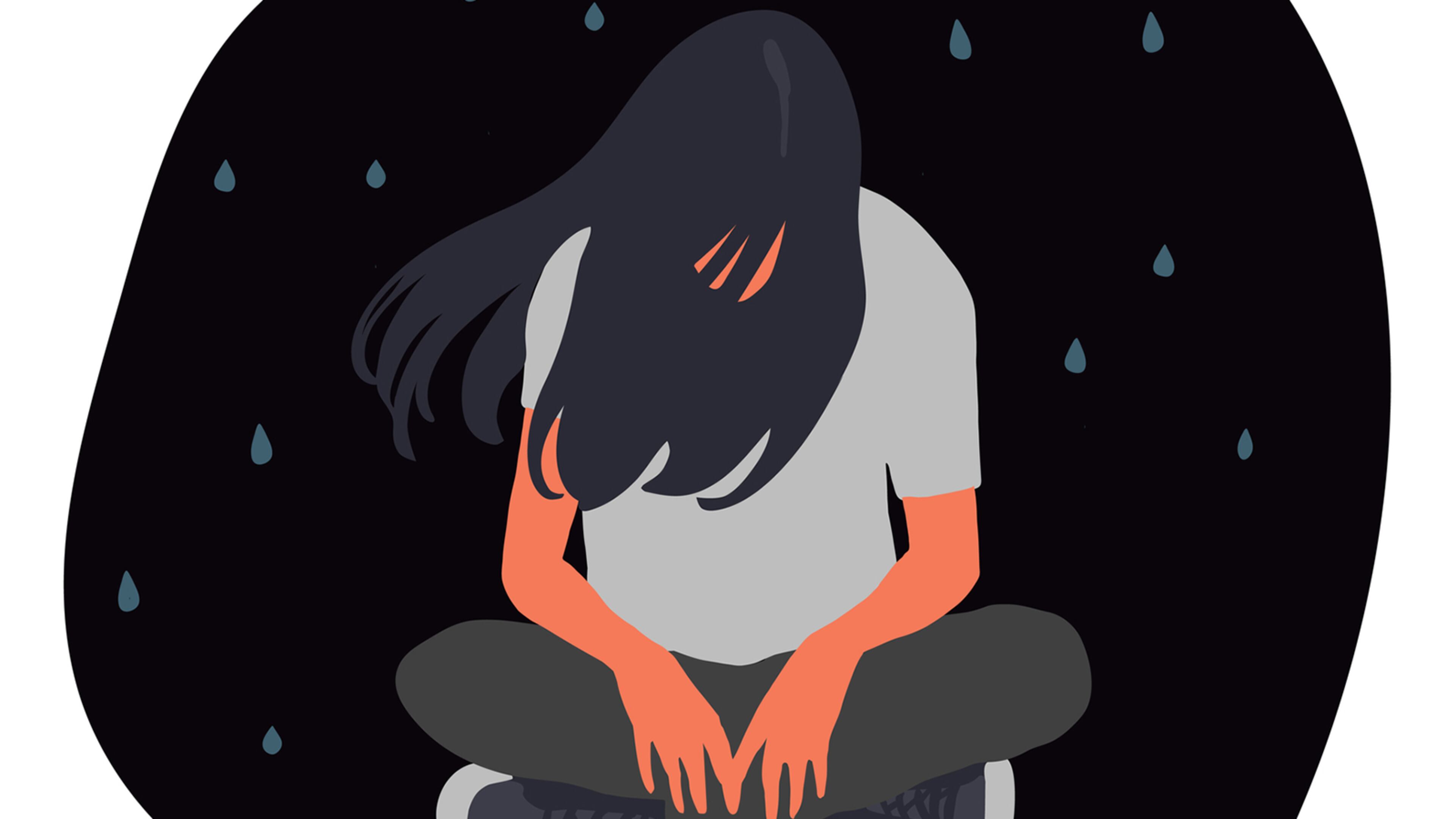Pandemic reveals depth of children’s mental health needs

The COVID-19 pandemic has revealed the depth of mental health problems among children. At a webinar Tuesday, Karestan Koenen, a Harvard professor of psychiatric epidemiology, gave a snapshot of the mental health status of children. It was a disconcerting picture.
“One thing we have found is that the rates of mental health problems among kids, particularly depression and anxiety, have doubled during the pandemic,” she said. About one in four children is experiencing depression, and one in five is experiencing anxiety. There are also reports of increased behavior problems, especially among children with ADHD and autism, and rising substance use among teens, she said.
What does this anxiety look like in children?
Koenen said tweens and teens report being much more worried “about everything, worried about themselves, their schools, their friends, but also things like the world. Younger kids today report being worried about what job they’ll have, whether they are going to have enough money to support their families. So, big worries and smaller worries.”
She said they can be worried to the degree that their concentration and sleep are disrupted, which can also be aggravated by time spent on phones and screens. On the depression side, she said kids can feel hopeless about themselves and their futures.
The teen years are when kids move from primarily being identified with their parents and their families to identifying with their peers. “And that was the very thing kids were most cut off from during the pandemic, especially when schools were closed. I think that has a huge impact on teens. At the same time, a lot of the ways they would normally try to be more independent, they could not be.”
Younger children seem to be rebounding quicker than older ones. “The younger kids seem to be doing okay. We see, as things get back normal, that some of their symptoms seem to be going down. They seem to be remarkably resilient to all this change, particularly if their families, their caregivers have adequate support,” said Koenen, co-author of “Treating Survivors of Childhood Abuse and Interpersonal Trauma.”
Koenen believes teen mental health will improve over time. “Teen lives are complicated, between peer and academic pressures, social stress and trying to be independent. If we continue this move toward normalcy, that will support their mental health,” she said.
Many schools are now screening students for anxiety and depression, although Koenen said screenings are only beneficial if resources are available. “In mental health, there is a principle that you don’t screen for something you are not going to address,” she said.
She acknowledged the national dearth of mental health practitioners serving children, citing her own frustrations trying to help a teen in her extended family. “Obviously, I know people and it was incredibly challenging.”
Schools need to both screen for anxiety and depression in students and provide resources, including bringing in more counselors. Teachers ought to be trained to recognize possible mental health problems in their students, so they refer them for help, she said. “You don’t want it to fall on teachers to treat them,” she said. “That is not the teacher’s job.”
The pandemic has brought youth mental health needs into focus and decreased the stigma, said Koenen.
“I see that with teens in my own family. They are really open about things they struggle with in ways that no one was when I was their age,” she said. “Having worked in mental health for my whole career, I never have had so many conversations with regular people and seen so many discussions around mental health and such openness. I am hoping that is translated into a high-level recognition and policy at the national level. We have a climate czar. What about a mental health czar?”

